Animals
-
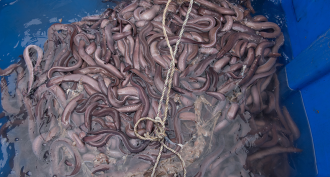 Animals
AnimalsScientists Say: Hagfish
Hagfish are eel-shaped fish with many traits that make them similar to long-vanished fossils. When threatened, they can pump out piles of slime.
-
 Health & Medicine
Health & MedicineA fungus plus a spider toxin equals a weapon to kill mosquitoes
A new weapon could help fight mosquitoes that spread malaria. It’s an engineered fungus that infects the insects — then kills them with a spider poison.
-
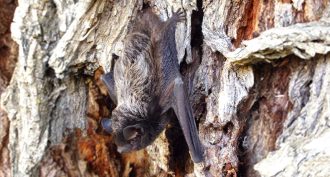 Health & Medicine
Health & MedicineBats are now the primary source of U.S. rabies deaths
Although human rabies is not common in the United States, it still occurs. But here dogs are no longer the likely source of this oft-lethal infection: Bats are.
-
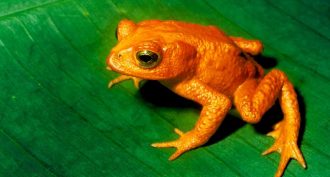 Animals
AnimalsA million species could vanish, and people are to blame
Human activities are putting a million plant and animal species at risk of extinction, a new study finds. But it’s not too late to save many of them, scientists add.
-
 Animals
AnimalsYoung aphids sacrifice themselves to make home repairs
Young aphids swollen with fatty substances save their colony by self-sacrifice. They use that goo to patch breaches in the wall of their tree home.
By Susan Milius -
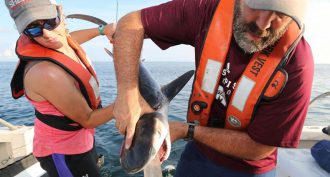 Ecosystems
EcosystemsTiger sharks feast when migratory birds fall out of the sky
Migrating land-based birds that fall from the sky as they cross the Gulf of Mexico can end up in the belly of a young tiger shark.
-
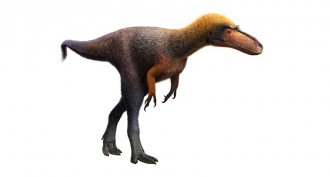 Fossils
FossilsThis tiny dinosaur is officially T. rex’s cousin
A newly identified dinosaur species fills a gap in the tyrannosaur family tree.
-
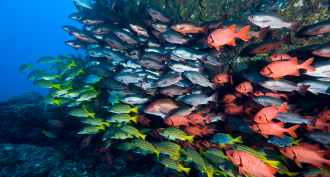 Microbes
MicrobesSlimy fish could aid the search for new drugs
Fish slime could teach scientists about bacteria that live on fish and aid in the hunt for new kinds of antibiotics.
-
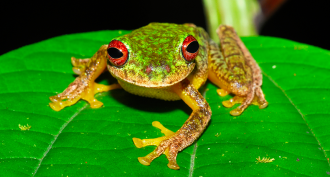 Animals
AnimalsAnalyze This: Amphibian populations are on the decline
The chytrid fungus has been wiping out amphibians around the world. Scientists have tallied up the declines and found that the fungus is responsible for dozens of extinctions.
-
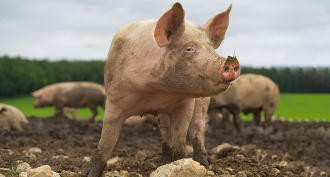 Life
LifeIn a first, scientists keep cells alive in the brains of dead pigs
They’re not true zombies — but these pig brains showed signs of cellular life long after the animals had died.
-
 Animals
AnimalsLet’s turn a genie blue
Aladdin’s genie is very magical. He’s also blue. What might explain that? Nature has some tricks on offer.
-
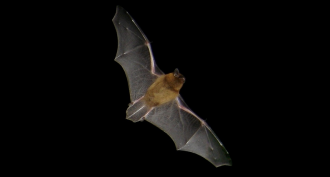 Animals
AnimalsBats in the attic prompt boys to create a better bat detector
When a teen learned he had 700 bats in his attic, he decided to develop a better bat detector.